Welcome to my kitchen's special take on Walkman, the famous Filipino barbequed pork ears. I've been making this street food favorite for years, perfecting the balance of tender, chewy texture and that irresistible sweet-savory glaze.
What makes this recipe special is how it transforms an often overlooked cut into something absolutely mouthwatering. The pork ears simmer until perfectly tender before getting that beautiful char on the grill, creating that authentic street food experience right in your backyard.
Even if you've never tried pork ears before, this approachable recipe will guide you through every step.
What is Walkman?
Walkman is the colloquial Filipino term for barbequed pork ears. The name originated in the 1980s and 1990s when Sony Walkman music players were popular, and Filipinos creatively nicknamed this street food "walkman" as a playful alternative to the longer name "inihaw na tenga ng baboy" (grilled pork ears).
This beloved street food is typically sold from mobile carts throughout the Philippines at very affordable prices, making it accessible to everyone. It's usually enjoyed as a snack or pulutan (appetizer) paired with cold beer or vinegar dipping sauce.
Jump to:
Why You'll Love This Recipe
Walkman, or barbequed pork ears, is an authentic Filipino street food experience you can recreate in your own kitchen! This dish transforms humble pork ears into a flavorful, chewy delicacy with the perfect balance of savory marinade and smoky char from grilling.
Perfect for adventurous eaters looking to explore Filipino cuisine beyond the basics, this recipe brings the vibrant street food culture of the Philippines right to your home.
Ingredients
These ingredients create the perfect Walkman experience! The pork ears offer that ideal chewy texture that Filipinos love in street food. I chose a mix of soy sauce, vinegar, and peppercorns for the marinade to tenderize the ears while adding deep flavor.
The banana ketchup (a Filipino favorite) gives the barbecue sauce its signature sweet-savory taste, while brown sugar helps create that caramelized char when grilling. Worcestershire sauce adds complexity, and the apple cider vinegar balances everything with a touch of tanginess.
These simple ingredients work together to transform humble pork ears into an irresistible street food delicacy that captures authentic Filipino flavors in every bite.
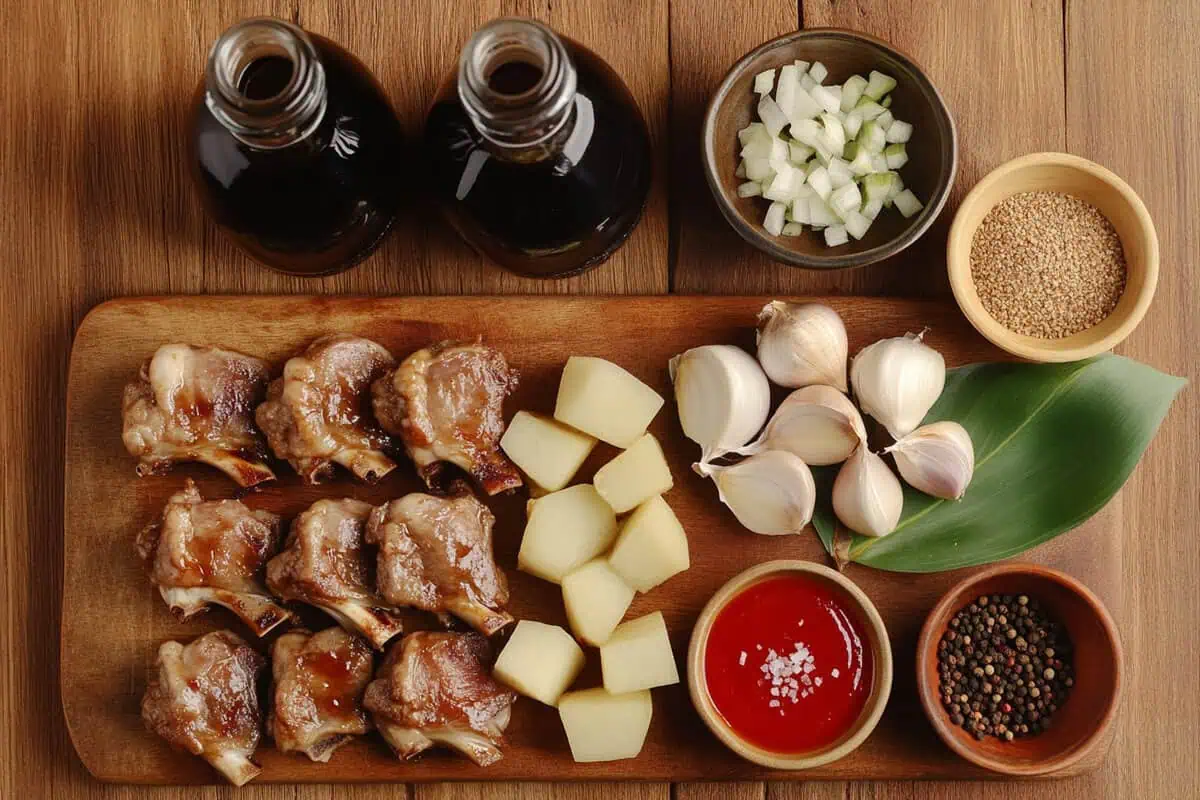
- 2 pairs pork ears
- 2 tablespoons chopped onions
- 1 tablespoon chopped garlic
- 2 tablespoons oil
- 1 bay leaf
- 1 cup water
- ½ cup soy sauce
- 2 tablespoons vinegar
- ½ tablespoon whole peppercorns
For the Barbeque Sauce:
- ½ cup banana ketchup (UFC brand recommended) or tomato ketchup
- ⅓ cup brown sugar
- 1 tablespoon apple cider vinegar (Braggs recommended)
- 2 teaspoons soy sauce
- 2 teaspoons Worcestershire sauce
Equipment
- Large pot for boiling
- Sharp knife and cutting board
- Bamboo skewers (soaked in water for 30 minutes to prevent burning)
- Tongs
- Charcoal grill or grill pan
- Small saucepan for the dipping sauce
- Pastry brush for basting
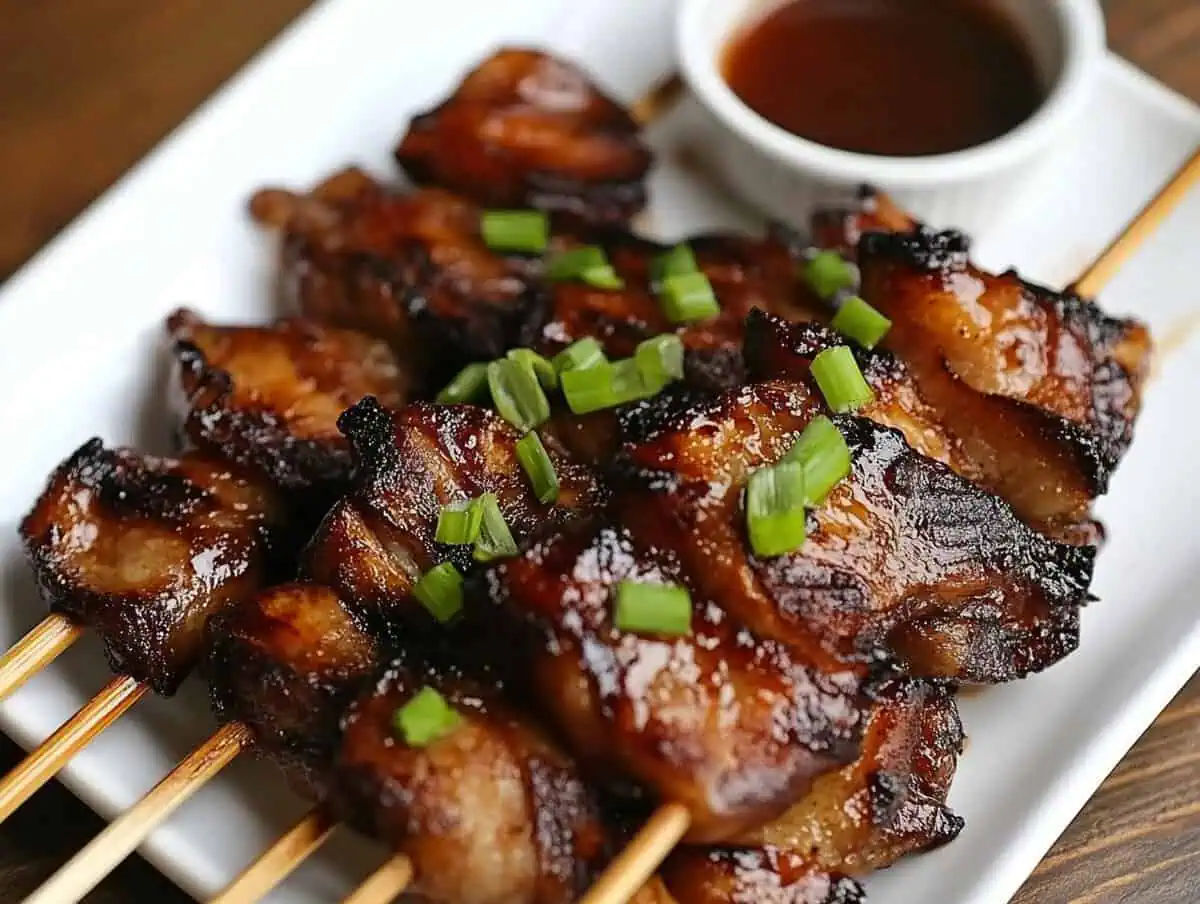
How To Make
- Clean the pork ears: In a large pot, boil the ears in water, then scrape until thoroughly clean. Rinse well under cold water.
- Prepare for cooking: Chop the cleaned ears into 2-inch squares and set aside.
- Sauté aromatics: Heat oil in a pan over medium heat. Add garlic and onions, sautéing until fragrant and translucent.
- Add pork and seasonings: Add the chopped ears and bay leaf to the pan. Stir to combine with the aromatics.
- Simmer until tender: Pour in water, soy sauce, vinegar, and peppercorns. Bring to a gentle boil, then reduce heat and simmer until the pork is completely tender, about 45-60 minutes. Drain and allow to cool slightly.
- Prepare barbeque sauce: In a bowl, mix banana ketchup, brown sugar, apple cider vinegar, soy sauce, and Worcestershire sauce until well incorporated. Set aside.
- Skewer and grill: Thread the pork ears onto bamboo skewers. Grill over low heat charcoal, turning frequently to prevent burning.
- Baste while grilling: Continuously baste the skewers with the barbeque sauce mixture as they cook. Reserve some sauce for dipping.
- Heat dipping sauce: Pour the remaining sauce into a small pot and heat briefly over low heat until slightly thickened.
- Serve hot: Once the pork ears are nicely charred and caramelized, serve immediately with the warm dipping sauce.

Tips from Lola's Kitchen
- For extra flavor: Add a star anise to the simmering liquid for a subtle licorice note that complements the pork beautifully.
- Achieve the perfect texture: Don't rush the boiling process - properly tenderized ears should be soft but still have a pleasant chewiness.
- Charcoal is best: While you can use a gas grill or even an oven broiler, traditional charcoal gives the authentic smoky flavor that makes Walkman special.
- Pre-boil in bulk: You can boil extra pork ears and freeze them after cooking. When ready to use, simply thaw and proceed with the grilling steps.
- Secret ingredient: Add a tablespoon of calamansi juice (or lime juice) to the barbeque sauce for a bright, citrusy kick.
Substitutions
- Can't find pork ears? While not traditional, pork belly strips can be used for a similar chewy-crispy texture.
- Banana ketchup substitute: If banana ketchup isn't available, use tomato ketchup mixed with 1 tablespoon of brown sugar.
- Vinegar options: Regular white vinegar works if apple cider vinegar isn't available.
- Alcohol-free Worcestershire: For those avoiding alcohol, substitute with equal parts soy sauce and a pinch of allspice.
- Reduce sugar: For a less sweet version, reduce brown sugar to 3 tablespoons and add a pinch of cayenne pepper for heat.
Troubleshooting
- Tough pork ears: If the ears remain tough after boiling, return them to the pot with fresh water and simmer for an additional 30 minutes.
- Burning on the grill: Keep the heat low and position the skewers higher above the coals. Turn frequently and watch carefully.
- Sauce too thick: Add 1-2 tablespoons of water to thin the dipping sauce if needed.
- Sauce too thin: Simmer for 2-3 additional minutes to reduce and thicken.
- Too salty: Balance with a teaspoon of sugar or a squeeze of calamansi/lime juice.
Storage & Reheating
- Refrigeration: Store cooked (pre-grilled) pork ears in an airtight container for up to 3 days.
- Freezing: Boiled and marinated pork ears can be frozen for up to 1 month. Thaw completely before grilling.
- Reheating: For best results, reheat by grilling again for 2-3 minutes per side over medium-low heat. Alternatively, broil in the oven for 3-4 minutes, watching carefully to prevent burning.
- Sauce storage: Leftover barbeque sauce can be refrigerated in a sealed container for up to 1 week.
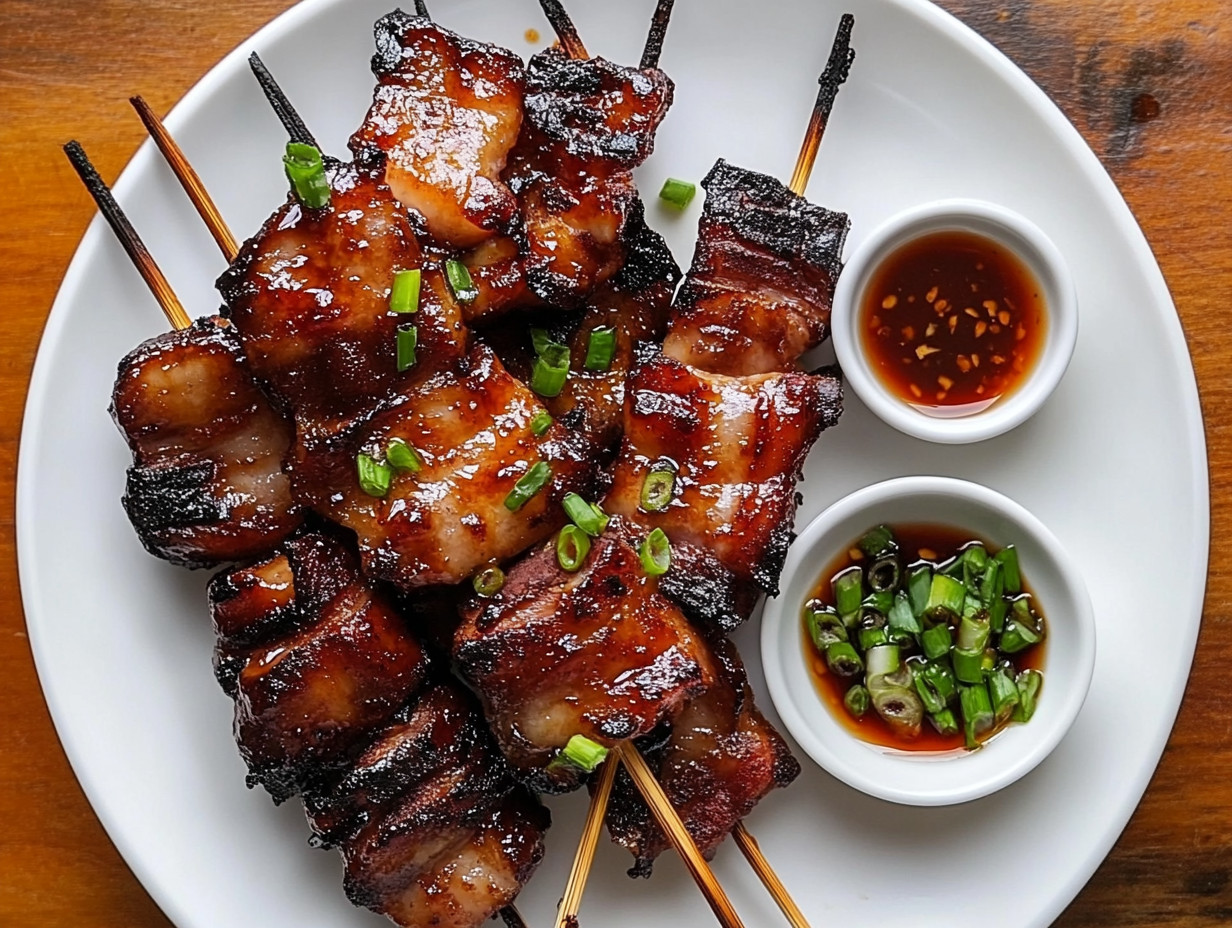
FAQ
Are pork ears difficult to find?
Pork ears are readily available at Filipino or Asian markets and some specialty butcher shops. Call ahead to check availability.
Can I make this dish ahead of time?
Yes! You can boil and marinate the pork ears up to 2 days in advance, then grill just before serving.
How do I know when the pork ears are properly cleaned?
The ears should be free of hair and any waxy residue. They should appear pink and clean after scraping and rinsing thoroughly.
Is this recipe spicy?
No, the traditional recipe isn't spicy, but you can add 1-2 teaspoons of sriracha or chili garlic sauce to the barbeque sauce if you prefer heat.
Can I cook this indoors?
Yes, you can use a grill pan on the stove or broil in the oven. Set to high heat and watch carefully, turning frequently to achieve the charred effect.
What are other popular Filipino street food barbecues similar to Walkman?
Other popular options include Betamax (grilled chicken blood), Isaw (grilled chicken intestines), and Adidas (grilled chicken feet) - all named creatively by Filipino street vendors.
Can I use this marinade for other meats?
Absolutely! This marinade works well with pork belly, chicken, or even firm tofu for a vegetarian option.
What's the best dipping sauce to serve with Walkman?
Besides the barbeque sauce in the recipe, a traditional Filipino vinegar dip with crushed garlic, black pepper, and chili is excellent with Walkman.
Related
Looking for other recipes like this? Try these:

Walkman Recipe (Barbequed Pork Ears)
Ingredients
- 2 pairs pork ears
- 2 tablespoons chopped onions
- 1 tablespoon chopped garlic
- 2 tablespoons oil
- 1 bay leaf
- 1 cup water
- ½ cup soy sauce
- 2 tablespoons vinegar
- ½ tablespoon whole peppercorns
For the Barbeque Sauce:
- ½ cup banana ketchup UFC brand recommended or tomato ketchup
- ⅓ cup brown sugar
- 1 tablespoon apple cider vinegar Braggs recommended
- 2 teaspoons soy sauce
- 2 teaspoons Worcestershire sauce
Instructions
- Clean the pork ears: In a large pot, boil the ears in water, then scrape until thoroughly clean. Rinse well under cold water.
- Prepare for cooking: Chop the cleaned ears into 2-inch squares and set aside.
- Sauté aromatics: Heat oil in a pan over medium heat. Add garlic and onions, sautéing until fragrant and translucent.
- Add pork and seasonings: Add the chopped ears and bay leaf to the pan. Stir to combine with the aromatics.
- Simmer until tender: Pour in water, soy sauce, vinegar, and peppercorns. Bring to a gentle boil, then reduce heat and simmer until the pork is completely tender, about 45-60 minutes. Drain and allow to cool slightly.
- Prepare barbeque sauce: In a bowl, mix banana ketchup, brown sugar, apple cider vinegar, soy sauce, and Worcestershire sauce until well incorporated. Set aside.
- Skewer and grill: Thread the pork ears onto bamboo skewers. Grill over low heat charcoal, turning frequently to prevent burning.
- Baste while grilling: Continuously baste the skewers with the barbeque sauce mixture as they cook. Reserve some sauce for dipping.
- Heat dipping sauce: Pour the remaining sauce into a small pot and heat briefly over low heat until slightly thickened.
- Serve hot: Once the pork ears are nicely charred and caramelized, serve immediately with the warm dipping sauce.
Tips from Lola's Kitchen
- For extra flavor: Add a star anise to the simmering liquid for a subtle licorice note that complements the pork beautifully.
- Achieve the perfect texture: Don't rush the boiling process - properly tenderized ears should be soft but still have a pleasant chewiness.
- Charcoal is best: While you can use a gas grill or even an oven broiler, traditional charcoal gives the authentic smoky flavor that makes Walkman special.
- Pre-boil in bulk: You can boil extra pork ears and freeze them after cooking. When ready to use, simply thaw and proceed with the grilling steps.
- Secret ingredient: Add a tablespoon of calamansi juice (or lime juice) to the barbeque sauce for a bright, citrusy kick.
The Story Behind Walkman (Barbequed Pork Ears)
Walking through the bustling streets of Manila in the late afternoon, you'll notice the distinctive aroma of Filipino street food barbecue wafting through the air. Among these beloved treats is Walkman, a uniquely named delicacy that has been satisfying hungry Filipinos for generations.
Walkman gets its playful name from the popular Sony Walkman portable music players that dominated the 1980s and 1990s. Filipino street vendors, known for their creativity and humor, saw a resemblance between the shape of grilled pork ears and the headphones of the iconic music device. The nickname stuck, and it became much easier to ask for "walkman" than its formal name "inihaw na tenga ng baboy" (grilled pork ears).
This dish represents the Filipino cooking philosophy of "nose-to-tail" eating that has existed long before it became a global culinary trend. In Filipino cuisine, no part of the animal goes to waste – a practice born from necessity during harder economic times that evolved into beloved cultural traditions. Pork ears, once considered merely scraps, were transformed into delicious street food that people from all walks of life enjoy.
Street food in the Philippines isn't just about satisfying hunger; it's a social experience. Vendors set up their portable grills along busy streets near schools, offices, and markets, becoming community gathering spots. Students stopping for an affordable snack after class, office workers grabbing a quick bite before heading home, and families treating themselves on weekends – Walkman brings people together.
The preparation of Walkman showcases key elements of Filipino cooking techniques. The initial boiling tenderizes the tough ear cartilage, while the marinade infuses it with the signature Filipino flavor profile that balances salty, sweet, sour, and savory notes. The final grilling over hot coals adds that unmistakable smoky char that makes Filipino barbecue so distinctive.
Today, while you can find Walkman throughout the Philippines, each region adds its own twist to the marinade and dipping sauce. In Manila, you might find it slightly sweeter, while in Cebu, it might have more spice. Some modern Filipino restaurants have even begun featuring upscale versions of this humble street food, bringing it from sidewalk grills to fine dining establishments.
What makes Walkman special isn't just its taste, but the memories it evokes for Filipinos – of childhood afternoons buying snacks from street vendors, of celebrating fiestas with neighbors, or of late-night food trips with friends. It represents Filipino resourcefulness, creativity, and the ability to transform simple ingredients into something extraordinary.
When you make Walkman at home, you're not just preparing food; you're participating in a rich cultural tradition that has satisfied hungry Filipinos for generations. And while the Sony Walkman may have become obsolete, its namesake Filipino street food continues to be loved by food enthusiasts seeking authentic culinary experiences.
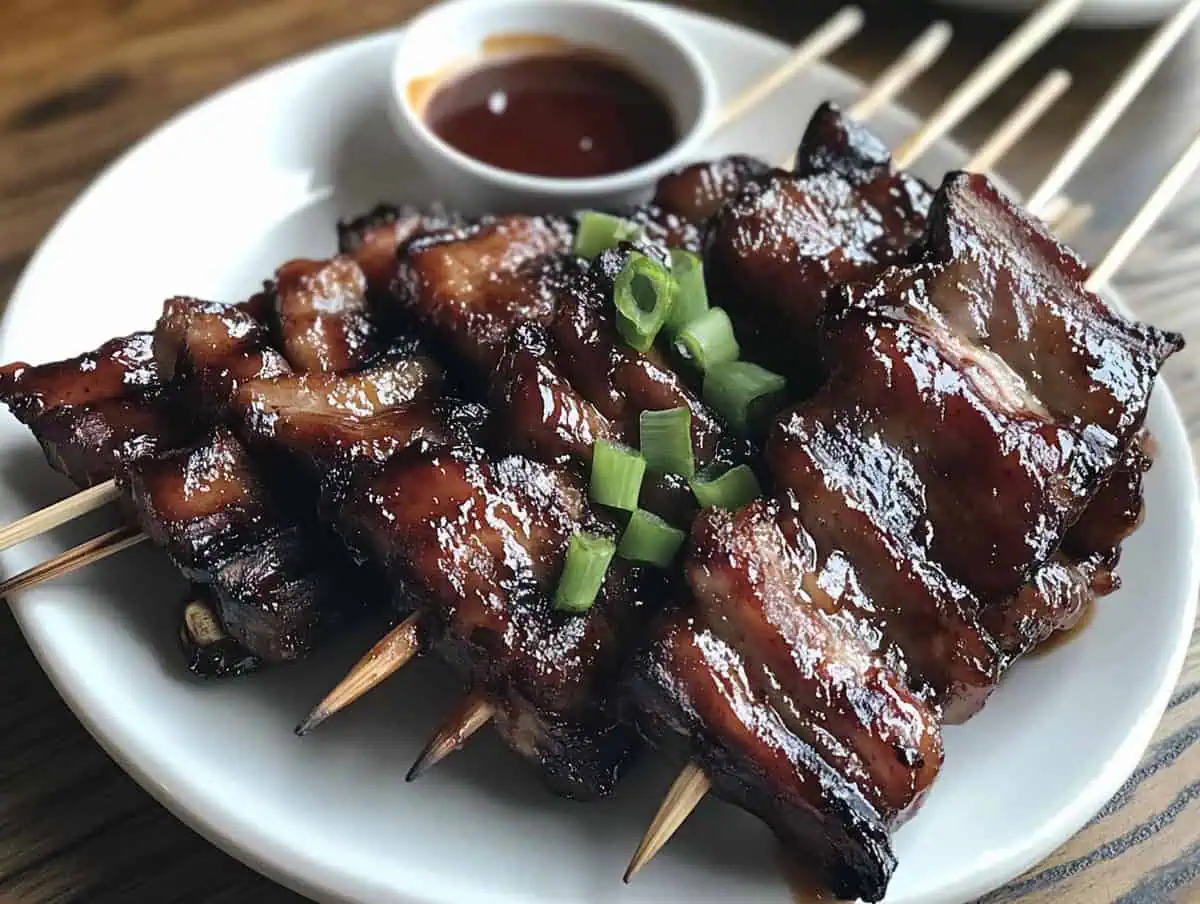






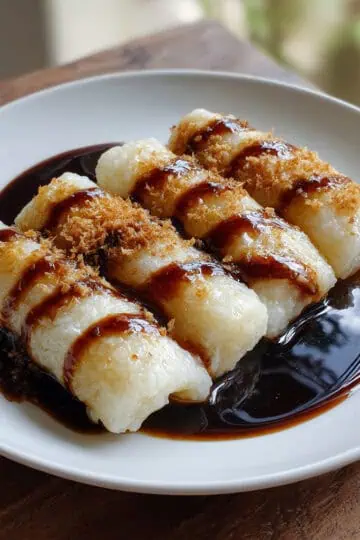

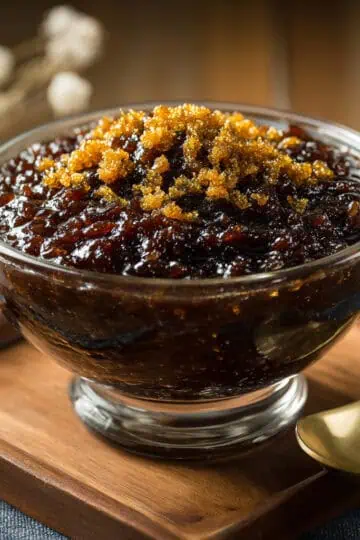
Comments
No Comments